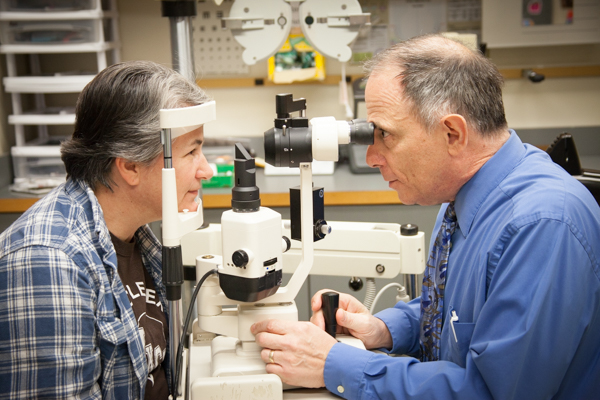Comprehensive Retina Service Near Me: Advanced Eye Health Care
The Role of Advanced Diagnostic Equipment in Identifying Eye Disorders
In the realm of ophthalmology, the use of innovative diagnostic tools has reinvented the very early recognition and management of various eye disorders. As the demand for accurate and prompt medical diagnoses proceeds to expand, the assimilation of cutting-edge tools like optical coherence tomography and visual field testing has ended up being important in the world of eye treatment.
Value of Very Early Diagnosis
Early diagnosis plays an essential function in the efficient administration and therapy of eye conditions. Timely identification of eye conditions is important as it enables for timely intervention, potentially preventing further development of the condition and decreasing lasting difficulties. By identifying eye problems at an onset, doctor can provide suitable treatment strategies customized to the certain condition, ultimately bring about far better results for clients. Early medical diagnosis allows patients to accessibility needed support services and sources quicker, boosting their general quality of life.

Modern Technology for Discovering Glaucoma
Cutting-edge analysis modern technologies play a vital role in the very early detection and monitoring of glaucoma, a leading source of irreparable blindness worldwide. One such modern technology is optical coherence tomography (OCT), which provides in-depth cross-sectional photos of the retina, permitting the dimension of retinal nerve fiber layer density. This measurement is essential in evaluating damages brought on by glaucoma. One more innovative tool is visual field testing, which maps the level of sensitivity of a client's visual area, aiding to discover any kind of areas of vision loss attribute of glaucoma. Additionally, tonometry is used to measure intraocular stress, a major risk variable for glaucoma. This examination is essential as elevated intraocular pressure can bring about optic nerve damage. More recent modern technologies like the use of synthetic intelligence formulas in evaluating imaging information are showing encouraging results in the very early discovery of glaucoma. These innovative diagnostic tools make recommended you read it possible for eye doctors to identify glaucoma in its very early stages, enabling prompt treatment and far better monitoring of the condition to protect against vision loss.
Function of Optical Coherence Tomography

OCT's capability to evaluate retinal nerve fiber layer density permits exact and unbiased dimensions, assisting in the early detection of glaucoma also before visual field issues emerge. In addition, OCT innovation allows longitudinal surveillance of structural adjustments with time, helping with customized therapy strategies and timely interventions to help protect clients' vision. The non-invasive nature of OCT imaging also makes it a recommended option for monitoring glaucoma development, as it can be duplicated on a regular basis without creating pain to the individual. On the whole, OCT plays a vital duty in boosting the analysis accuracy and administration of glaucoma, eventually contributing to much better outcomes for people in jeopardy of vision loss.
Enhancing Diagnosis With Visual Field Testing
An important component in extensive ocular analyses, aesthetic field testing plays an essential try this web-site role in boosting the diagnostic process for numerous eye disorders. By analyzing the full degree of a client's visual field, this examination supplies essential details about the practical honesty of the whole visual pathway, from the retina to the aesthetic cortex.
Aesthetic field testing is specifically important in the diagnosis and administration of conditions such as glaucoma, optic nerve disorders, and various neurological diseases that can influence vision. With measurable dimensions of peripheral and main vision, clinicians can spot subtle changes that may show the presence or development of these disorders, even prior to recognizable signs and symptoms take place.
Moreover, aesthetic field testing enables the tracking of treatment effectiveness, helping ophthalmologists customize healing treatments to individual people. eyecare near me. By tracking changes in visual field efficiency with time, medical care service providers can make informed choices regarding readjusting medicines, advising surgical interventions, or carrying out other proper procedures to preserve or improve a patient's aesthetic feature
Handling Macular Deterioration

Conclusion
To conclude, advanced diagnostic tools play a critical role in identifying eye disorders early. Technologies such as Optical Coherence Tomography and visual area testing have actually considerably improved the precision and effectiveness of detecting problems like glaucoma and macular degeneration. Early discovery enables for timely intervention and management of these conditions, ultimately leading to much better results for individuals. It is necessary for healthcare professionals to remain upgraded on these improvements to offer the most effective possible take care of their clients. eyecare near me.